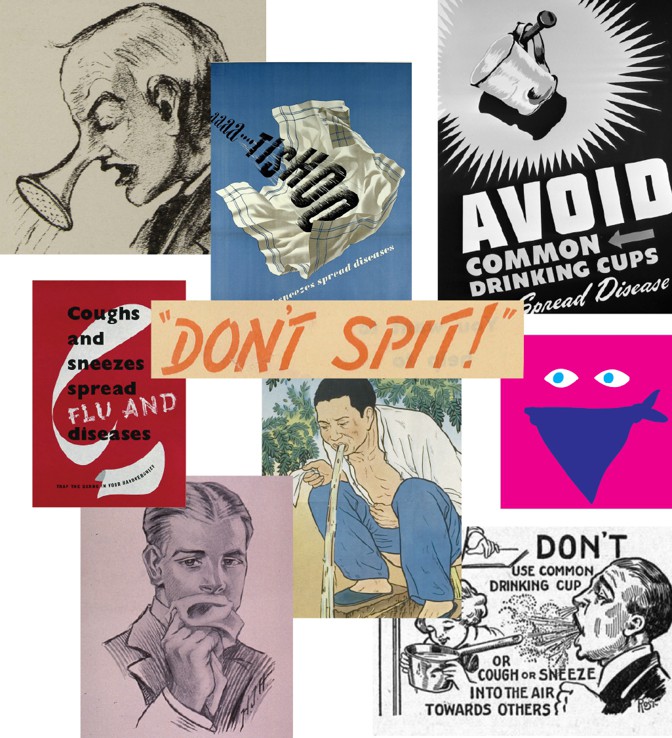
During these anxious times, we constantly check our hand computers for the latest updates, which make us still more anxious. Before technology allowed us to alarm ourselves with up-to-the-minute information, public-health messages were communicated using a fundamental graphic medium: the poster. Produced and displayed on a massive scale, these posters used a variety of cultural, political, and psychological strategies to steer public behavior with eye-catching and sometimes shocking visuals. And while today’s medium provides options via Instagram that you can print yourself, the message for fighting disease remains uncomfortably the same: Cover your mouth when coughing, stay home when you’re sick, avoid crowds, and don’t poop in the communal stream. Timeless advice, indeed.
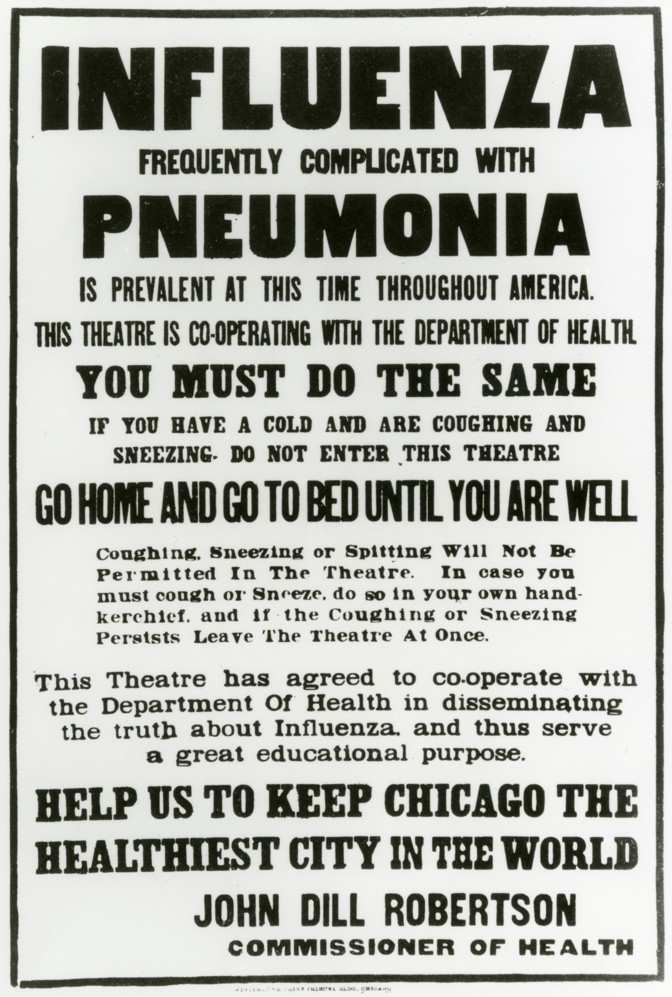
When influenza hit Chicago in September 1918, the city was just beginning to implement containment measures. Police officers were instructed to stop individuals who did not cover their face when coughing. (Courtesy National Library of Medicine)
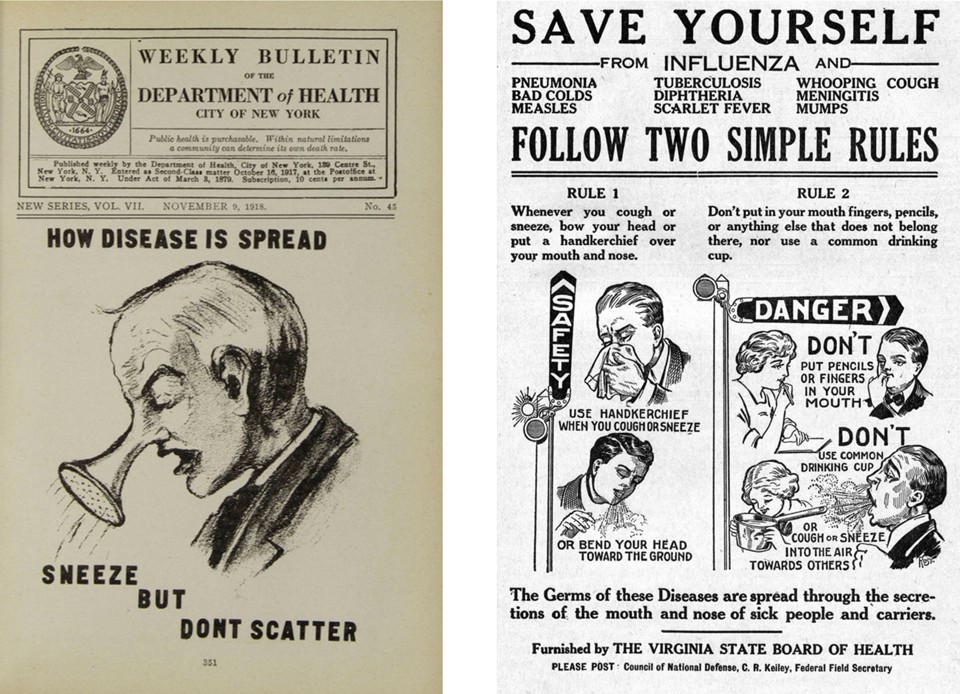
This 1918 bulletin from New York City’s department of health encourages citizens to use handkerchiefs and avoid crowds. (Weekly Bulletin of the Department of Health, October 19, 1918 / NYC Municipal Library / Courtesy NYC Department of Records) Right: Public-health organizations raced to educate the populace on ways to prevent the spread of germs in 1918. (Virginia State Board of Health / Courtesy Virginia Commonwealth University Libraries)
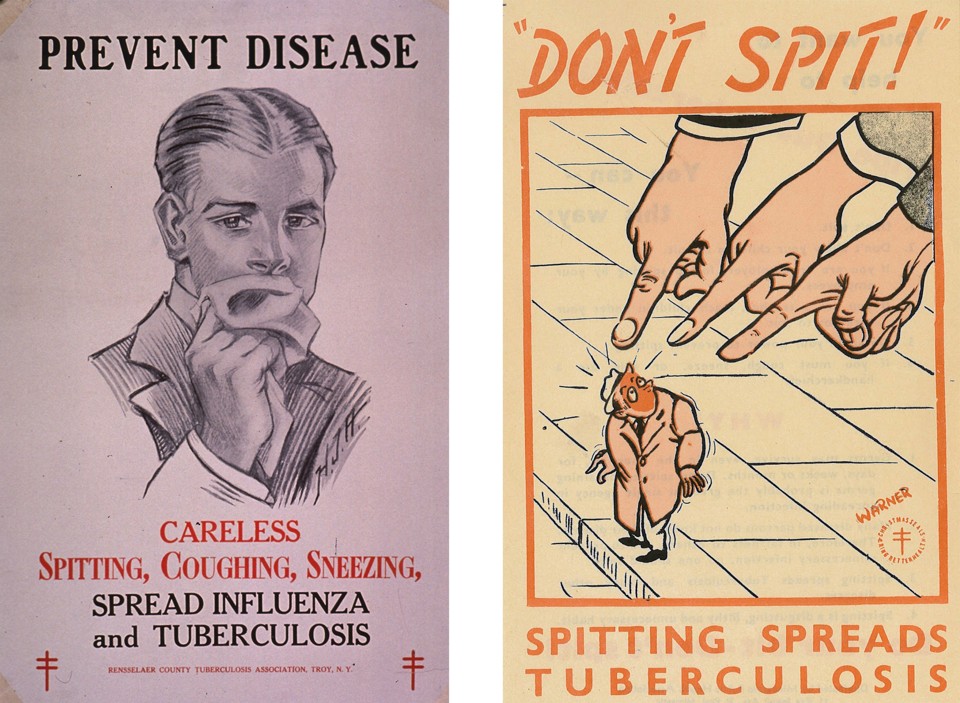


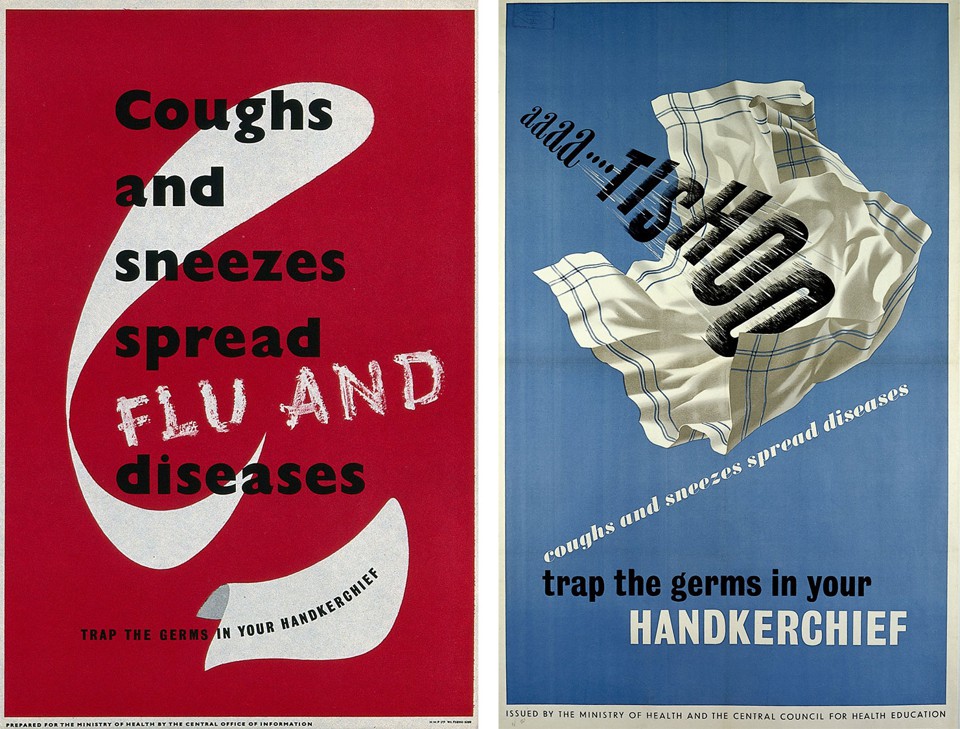
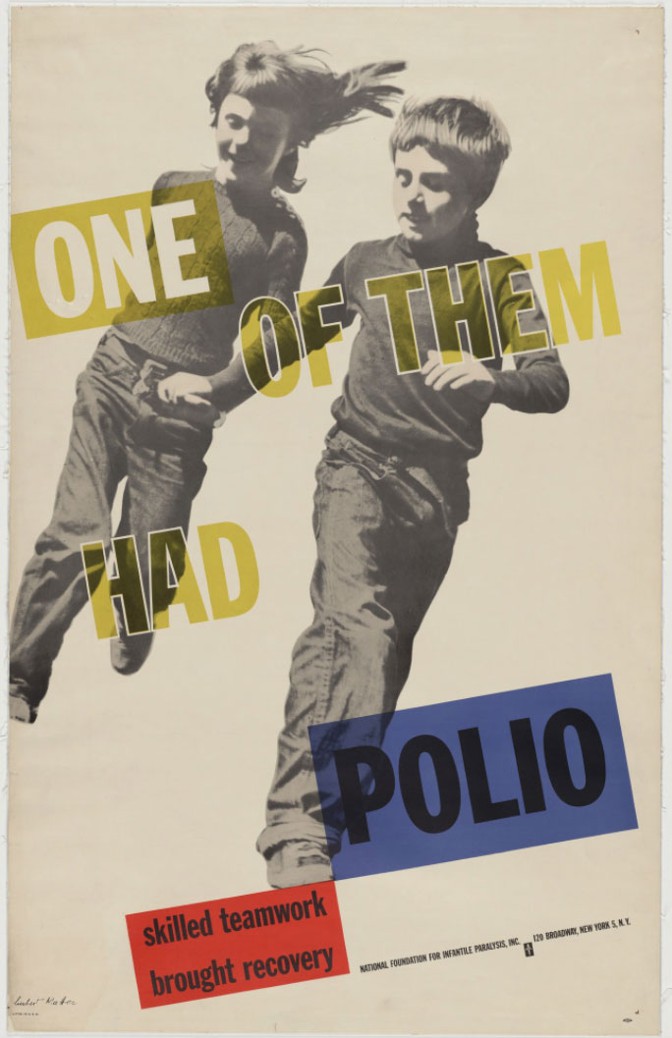
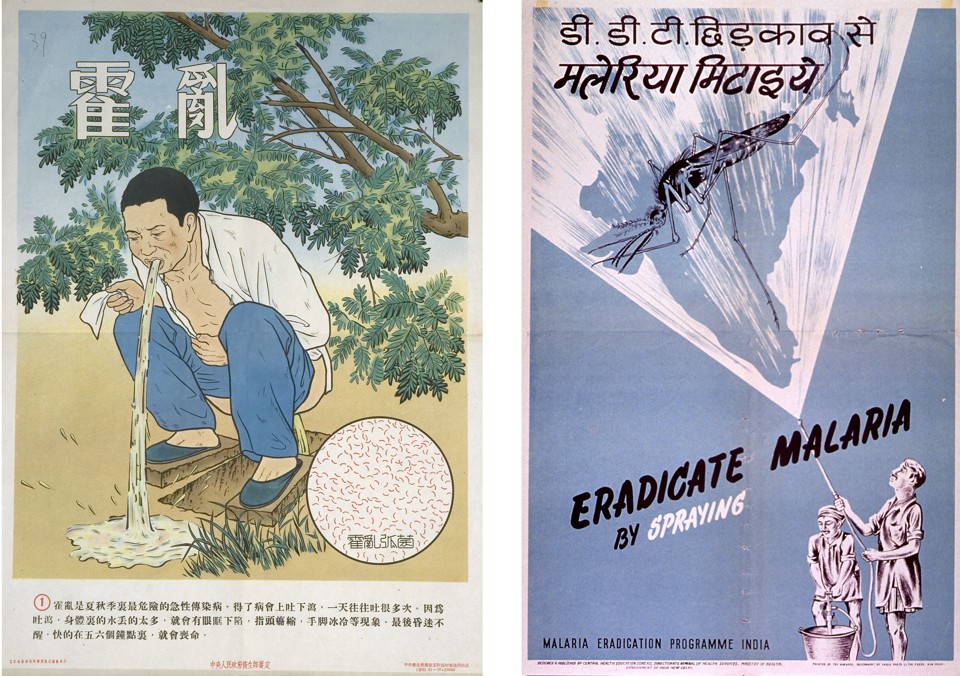


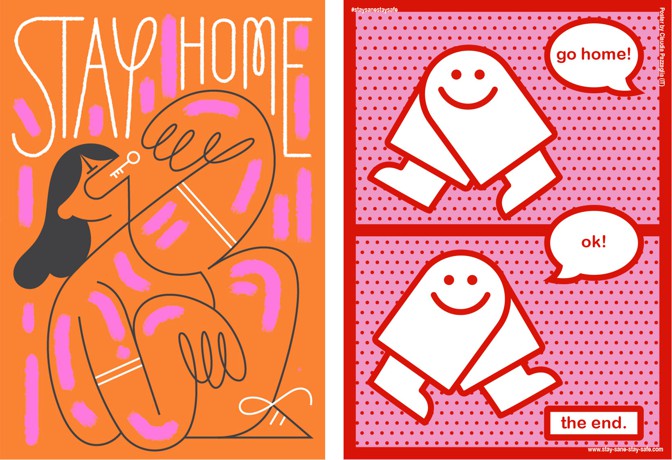
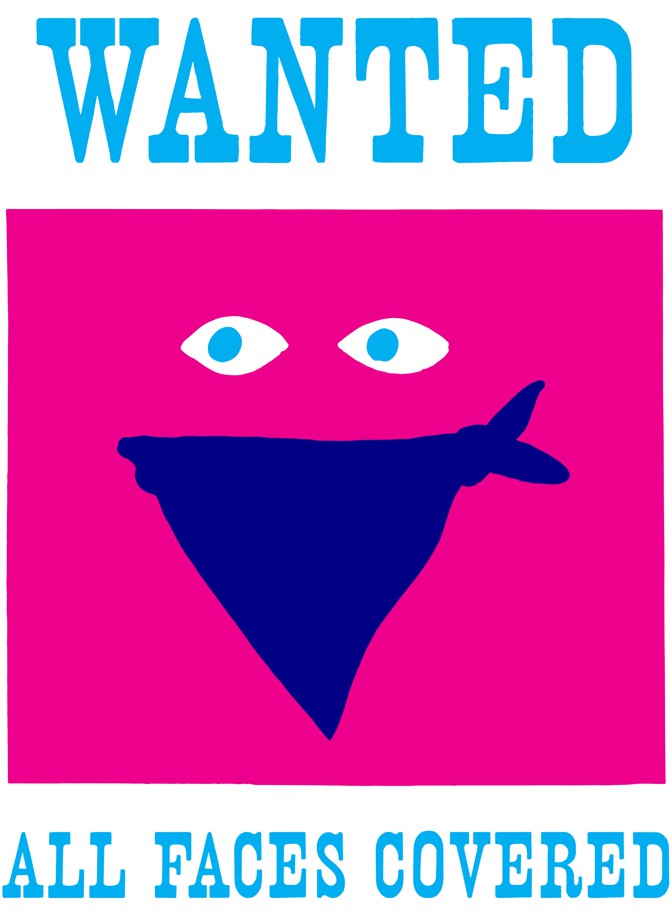

No comments:
Post a Comment